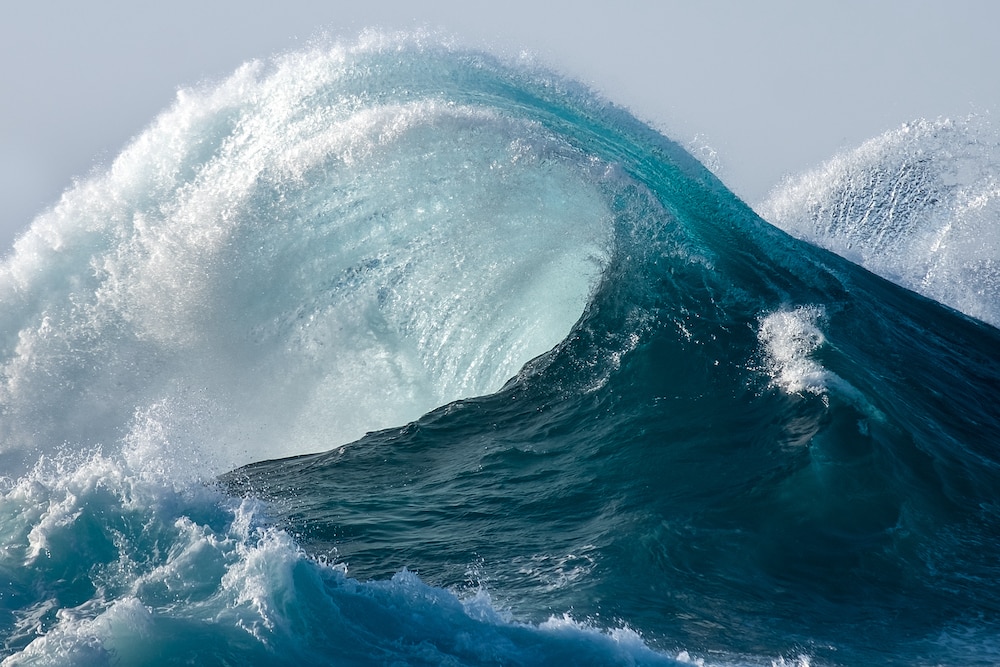Create a free profile to get unlimited access to exclusive videos, sweepstakes, and more!
Dude! Rogue wave four stories high was the most extreme ever recorded
Cowabunga!

It sounds gnarly, but this is one wave you would never want to surf.
Rogue waves (also called freak or killer waves for a reason) seem to appear in the ocean out of nowhere. These extreme phenomena usually go undetected and crash in the middle of the ocean somewhere, but now the most humungous one ever has been caught not by a surfer, but by sensor buoys off the coast of Uclulet, British Columbia, Canada. Huge is an understatement; at almost 58 feet, this thing loomed as high as a four-story building at its scariest.
The wave was so immense it is now being described by researchers Johannes Gemmrich and Leah Cicon, who coauthored a study recently published in Scientific Reports, as something that could only happen once in a millennium. But could there be more where this came from? It was only in 1995 that scientists first measured a rogue wave. That one, known as the Draupner Wave, was twice the size of surrounding waves. The Uclulet monster was thrice as massive.
“Only a few rogue waves in high sea states have been observed directly, but they can pose a danger to marine operations, onshore and offshore structures, and beachgoers,” the researchers said.
Unpredictable and dangerous, waves like Uclulet and its predecessor, Draupner, are thought to form because of swells in the ocean. Swells are groups of waves powered by furious storm winds far from land, but can travel thousands of miles to the shore. They travel in different directions and at different speeds, and when they collide, they pass right through each other and form enormous waves that rear their frightening heads but vanish in seconds. Swells going in the same direction can end up forming behemoths that last for minutes.
Even the larger waves that occur because of swells are nothing compared to rogue waves. What exactly causes them is still a mystery, but this is what many scientists think goes down. When storm winds that are already blowing mercilessly form waves in a current against the direction in which those waves would normally go, this drastically shortens wave frequency, meaning smaller waves are forced together into one Godzilla of a rogue wave. These can go on for a while before they finally collapse. They can be a danger to any nearby boats or ships, and even threaten coastal communities and beachgoers if they make it all the way to shore.
There is now a way to track rogue waves so anyone who might be in their path will possibly be able to escape. The brains behind MarineLabs have developed sensor buoys that can record waves. While predicting rogues for sure is something that still needs to be figured out, the systems of buoys that are part of the company’s CoastAware™ program transmit data in real time to at least give an idea of what is going on offshore and what might be expected.
“The physics of rogue wave generation and the potential of predicting the rogue wave risk are open questions,” said the researchers. “Only a few rogue waves in high sea states have been observed directly.”
This might not be the last time we see a leviathan like the Uclulet wave. Not enough is known about rogue waves to be sure if and when anything close to this size will rise up again, and climate change could mean more of them. The thought gives “sea monster” a totally new meaning.


























